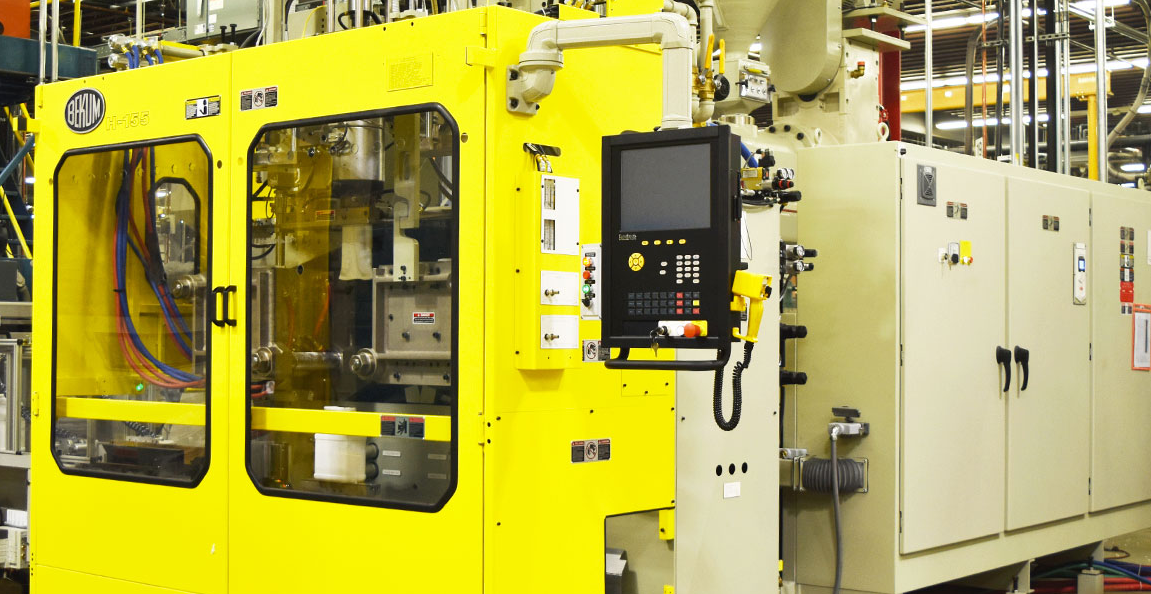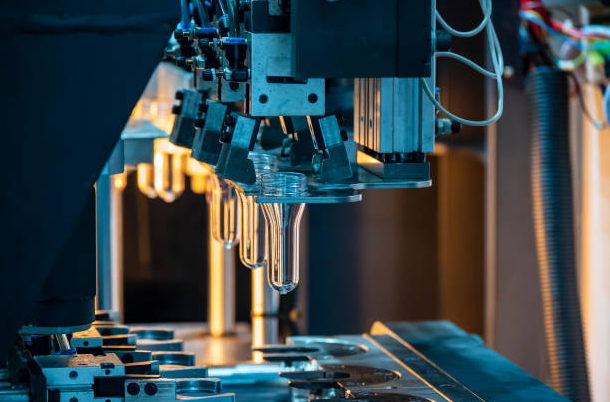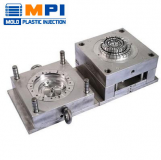Introduction
Do you want to discover how to create a blow mold? Look nowhere else! This thorough instruction will take you step-by-step through the procedure. This post will give you the skills and information to make your own blow molds, whether you are a novice or have some experience producing molds. So let us go right in and discover the amazing world of blow molding!

How to Make a Blow Mold?
Plastic bottles, containers, and other complex shapes can be made out of hollow plastic using the manufacturing method known as blow molding. A heated plastic parison (hollow tube) that has been inflated inside of a mold cavity acquires the required shape of the finished product. Here is a description of the steps involved in creating a blow mold in case you are curious:
Designing the Mold: The design of the mold itself is the first stage in producing a blow mold. Using computer-aided design (CAD) software, a 3D model of the intended product is produced. Considerations for the mold design should include part geometry, draft angles, and material flow.
Choosing the Mold Material: For successful blow molding, the correct mold material must be chosen. Aluminum and stainless steel are two materials that are frequently utilized to make blow molds. While stainless steel molds offer excellent precision and durability, aluminum molds are lightweight and inexpensive.
Machining the Mold: After the mold design has been decided upon, the mold will be machined using specialized tools and gear. In order to create the appropriate product specs, the mold cavity and core must be cut, drilled, and shaped.
Preparing the Plastic: You will need the right kind of plastic material to make the blow mold. Due to its superior characteristics, high-density polyethylene (HDPE), polypropylene (PP), and polyethylene terephthalate (PET) are frequently utilized in blow molding. Pellets or resin are frequently used to give the plastic substance.
Heating and Extrusion: To create a continuous parison, the plastic material is heated until it becomes molten and is then extruded. This partner is a hollow tube with a warm plastic wall that is prepared for the following action.
Blow Molding Process: The parison is secured between the mold halves and inflated against the walls of the mold using air pressure. In doing so, the plastic assumes the contours of the mold hole to produce the desired hollow product.
Cooling and Ejection: The blow molding procedure is followed by cooling the mold to harden the plastic. The newly produced blow mold is removed from the mold after it has cooled. the surplus of plastic We also answered some frequently asked questions to help you understand blow molding even better. Now that you are knowledgeable and skilled, you may start working on your own blow molding projects. So start creating your own blow molds right away and let your imagination run wild!(flash) is removed, leaving a completed object.
That’s it! You’ve successfully learned how to make a blow mold. Now let’s explore some frequently asked questions related to blow molding.
Conclusion
Congratulations on finishing up this thorough tutorial on blow mold construction! From creating the mold to creating the finished product, we have covered the key processes in the blow molding process.
We also answered some frequently asked questions to help you understand blow molding even better. Now that you are knowledgeable and skilled, you may start working on your own blow molding projects. So start creating your own blow molds right away and let your imagination run wild!

FAQs about Blow Molding
What are the advantages of blow molding?
In comparison to other manufacturing techniques, blow molding has a number of benefits. Complex forms can be produced using it, and high-volume production can be done affordably while maintaining good product quality and consistency.
Can blow molds be reused?
Yes, blow molds can be used again and again throughout production. They can be used for hundreds or even thousands of cycles before needing to be replaced or refurbished because they are made to resist high temperatures and pressures.
Is blow molding suitable for all types of plastics?
A wide variety of plastics, including HDPE, PP, PET, and PVC, are compatible with blow molding. The right material must be chosen for your particular application because each plastic material has different qualities and processing needs.
What is the difference between extrusion blow molding and injection blow molding?
A hollow tube (parison) is extruded and then inflated against the mold cavity in extrusion blow molding. In contrast, molten plastic is injected into a preform during injection blow molding, and the preform is then blown into the desired shape. Both approaches have their benefits and work well for certain product categories.
Are there any limitations to blow molding?
Although blow molding is a flexible method, it has several drawbacks. It might not be appropriate for making small, complex parts with precise features. The thickness of the blow-molded product may also differ, and the design and manufacturing processes may call for extra adjustments for certain geometries.
Can blow molding be used for large-scale production?
Absolutely! The ability of blow molding to swiftly and effectively produce identical components makes it a popular choice for large-scale production. It is a popular option for businesses in the packaging, automotive, and consumer goods sectors.

